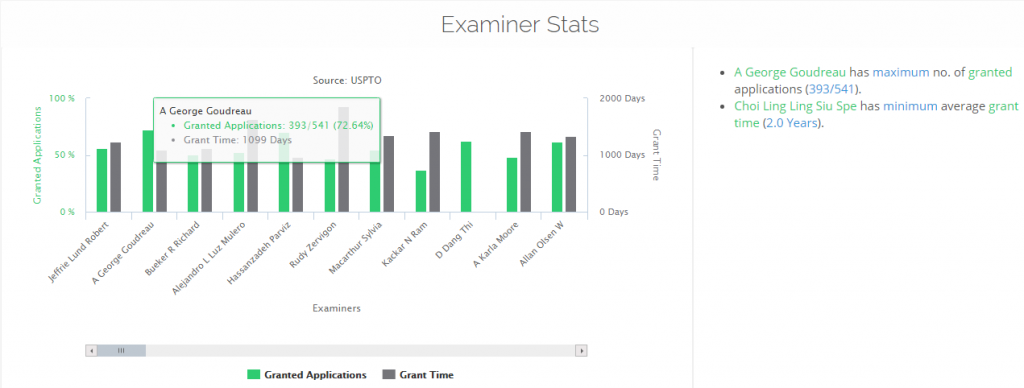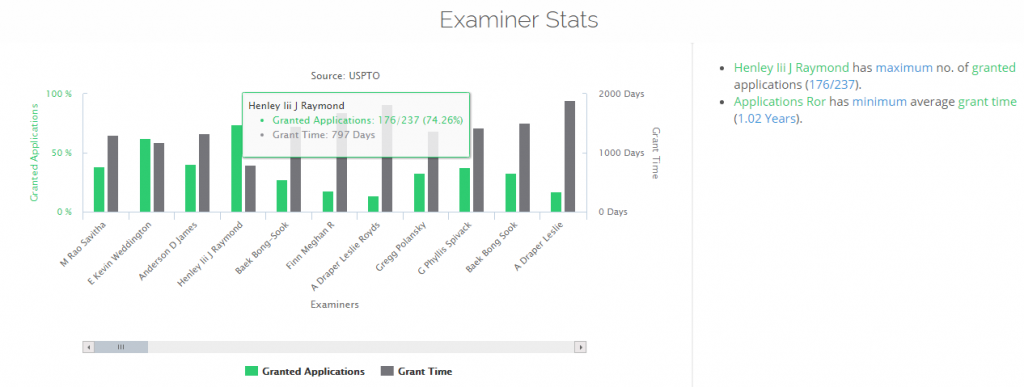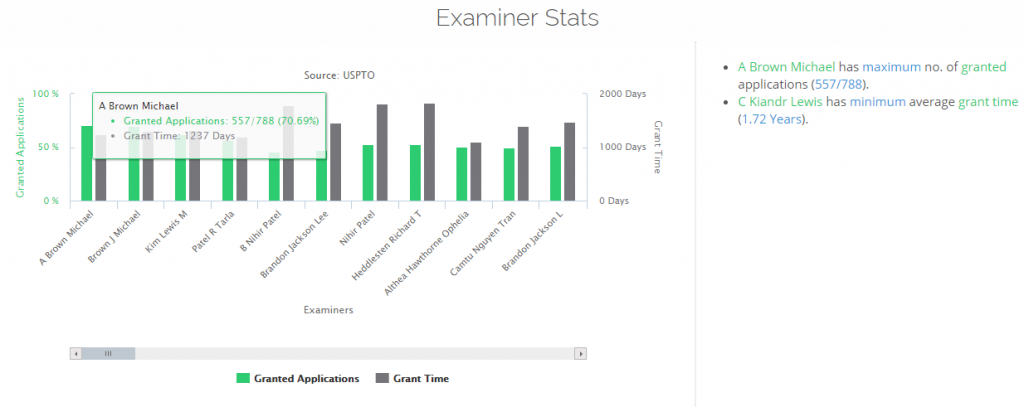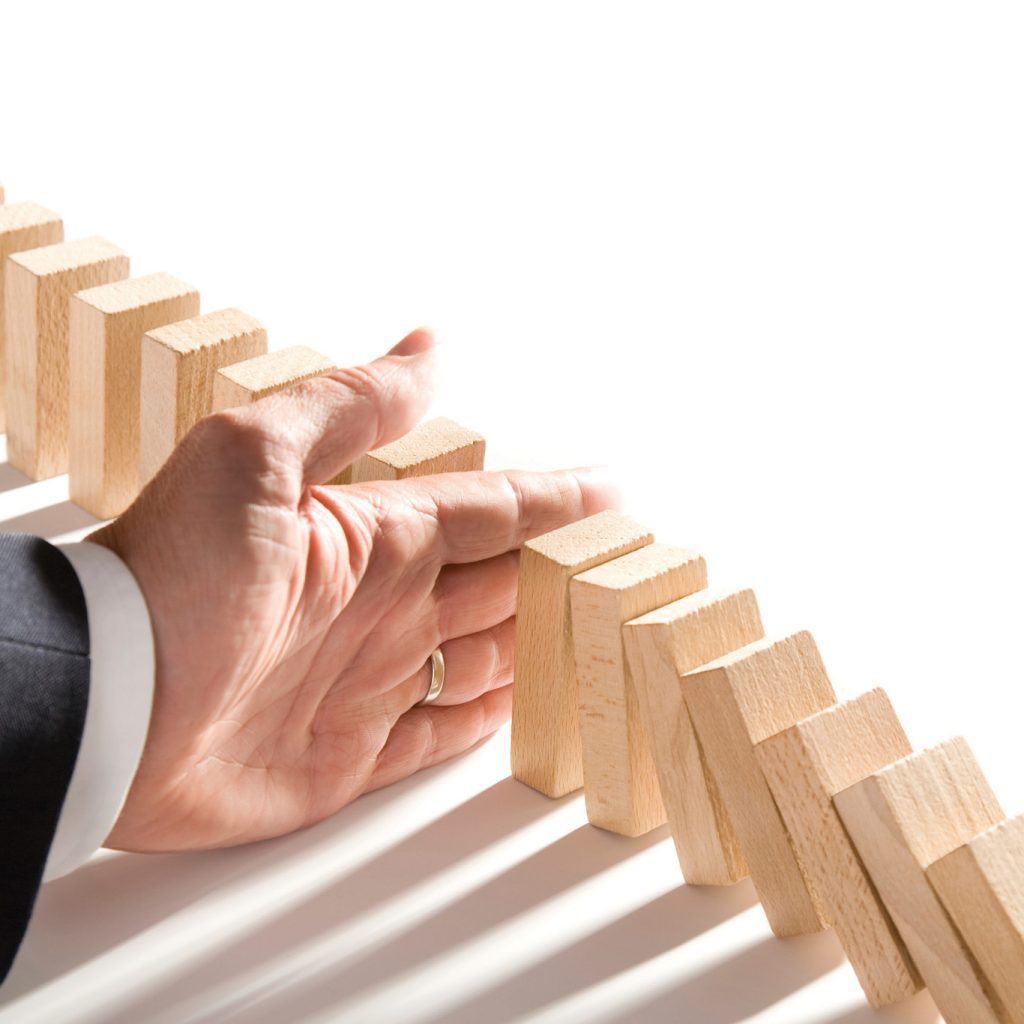Innovation often starts with a “light bulb moment”. One works on their idea and then from idea, s/he moves to invention, and in the end to a patent application. Thereafter it’s up-to a sharp-eyed patent examiner to keep the ball rolling. That’s to say, it is him who decides whether your idea deserves a protection or not.
Thus, the speed of decision making and the speed with which you get a protection depends on an examiner. If he is fast, you get your patent processed fast; if he is slow, you get protection late. To top that all, there are 14000+ examiners in USPTO and keeping a track of them to make your patent prosecution effective, is irrational.
We all have come across situations where we felt:
- Why is this examiner not able to understand the novelty?
- Why aren’t all the office actions from this examiner making any sense?
- Should I do an interview with the examiner? Will it affect the grant?
- There are two RCEs already and the patent has not been granted yet. I don’t know how to go back to my client again.
What if you know the history/behavior of an examiner before you start working on an office action with him? Won’t that help you to answer the questions above? Moreover, it would also put you in an advantageous position in front of your clients.
Bonus: Want a 5 step-by-step technique to get your patent granted after an examiner rejects it? Click here to get our free guide!
To find the answers to questions like above, we used our Examiner Analytics Tool. The study revealed that we can broadly divide examiners into 5 different types. Below we have shared these five types with relevant examples.
1. The Attorney Friendly
The Attorney friendly is a category of examiners whose grant rate is greater than 90%.
This is a rare category comprising more of examiners that are a bit less experienced and have less number of patent applications in their bucket. So, if your application lands on the desk of an attorney friendly examiner, who also is experienced, then your application has a high chance of allowance.
2. The Happy go lucky
Examiners falling in the Happy go lucky category have a grant rate between 75 – 90%.
This is another favorable category of examiners as the grant rate of 75 – 90% is considered to be high if we go with USPTO’s average. We found less of inexperienced examiners under this category.
For example, examiner Tolan Edward Thomas, now a supervisor, has more than 19 years of experience with a significant grant rate of 82.3%. He works in technology related to Manufacturing Devices & Processes, Machine Tools & Hand Tools (GAU 3725) and is one amongst the top examiners working in this art unit.

Because of his high rate of allowance, you are lucky if examiner like Tolan handles your patent application.
3. The Equinox
Examiners of The Equinox category have a grant rate between 50 – 75%. This category has knowledgeable and moderate examiners – neither slow nor fast – and your application has fair chances of winning allowance here.
Zervigon Rudy is an equinox, whose average grant rate is about 50%. His 50% grant rate is low when compared to other examiners with similar experience and working in the same art unit.
For example, Goudreau George and Hassanzadeh Parviz work in the same art unit GAU 1763 and are experienced par to Zervigon, but they have grant rates of 72% and 70% respectively.
Moreover, our deep dive analysis revealed that Zervigon Rudy, in most cases, allows an application after an interview. This implies if Zervigon is examining your application, then having the right information can help you get your application granted. Thus, the more you know the examiner, the better are the chances of your application getting granted.

4. The Curator Joe
The Curator Joe is the category of examiners whose grant rate ranges between 25 – 50%. Examiners of this category give a tough time to attorneys.
For example, examiner Anderson James, who works in art units GAU1629 and GAU1614, is a Curator Joe. He has diversified experience of more than 15 years with a grant rate of 40.8% – quite low. On the contrary, Henley Raymond, who works in the same art unit, has a grant rate of 74.25%.
Other than that, we found that on an average he gives 3.6 office actions before issuance of a patent, which exceeds the substantive average in the two art units where he works.
Thus, who is examining your application, does matters as the grant rate depends a lot on it. So again, the more you know the examiner, the better you know the chances of your application getting granted.

5. The Impenetrable
The Impenetrable is the category where examiners have grant rate of less than 25%. These are the examiners with shallow grant rate and winning an allowance from such an examiner is akin to getting into Ivy League.
James Robinson, who deals with patents of the art unit GAU 3772, is one example who falls in this category. He has 5+ years of experience under his belt and his grant rate is only 16.3%. The grant rate of 16.3% is too low compared to other examiners of the same art unit.

While conducting the analysis, we found there are various other insights that could help in designing a smart patent prosecution strategy. For example :
- What works better at the second office action for a particular examiner: an interview or an amendment?
- What are my chances of grant if I am at second RCE?
- What type of response works the best with the particular examiner?
This and a lot more.
If you’d like a demo of the tool, do let us know

Relevant Reading: These 11 Answers will help you understand how Patent Examiners work.










